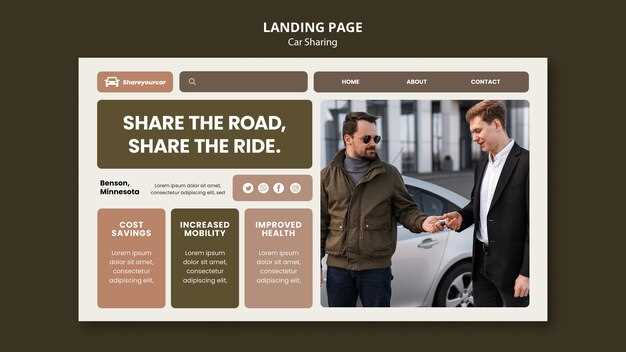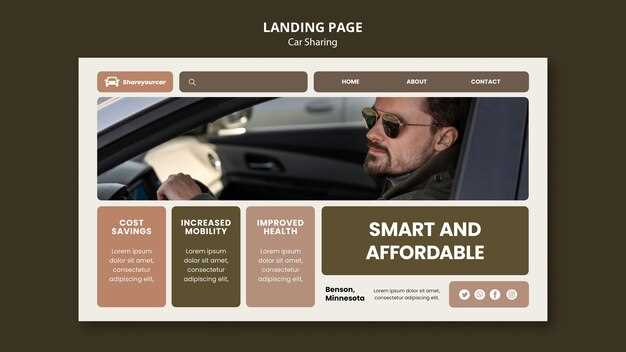

When considering the purchase of a Mustang, understanding the various financing options available is essential for making an informed decision. A Mustang is not just a car; it represents a lifestyle choice that comes with financial implications. To truly enjoy your driving experience, you need to navigate the financing landscape effectively, ensuring that your investment aligns with your budget and long-term goals.
Exploring loan options specifically tailored for Mustang purchases can greatly enhance your purchasing power. Whether you are looking at traditional bank loans, credit union financing, or dealer-specific offers, each option carries its own set of pros and cons that could impact your overall ownership experience. Being equipped with the right knowledge will allow you to choose a plan that suits your financial situation and helps you drive away in your dream vehicle with confidence.
In this article, we will dive into the essentials of Mustang financing, examining the different strategies and considerations you should be aware of. From understanding interest rates to evaluating loan terms, our goal is to provide you with the insights needed to make smart financial choices while pursuing your Mustang ambitions.
Understanding Different Mustang Loan Types
When considering the purchase of a Mustang, understanding the various loan types available is crucial. Each type of loan can impact your financial health and ownership experience in different ways.
1. Traditional Auto Loans: These are the most common options for Mustang financing. Traditional auto loans typically have fixed interest rates and fixed terms, ranging from 36 to 72 months. This predictability allows you to budget effectively, making it easier to plan for monthly payments.
2. Lease Financing: Leasing a Mustang is an attractive alternative for those who enjoy driving a new car every few years without committing to ownership. Lease agreements usually require lower monthly payments compared to loans. However, at the end of the lease term, you won’t own the vehicle and will have to return it or purchase it at a residual value.
3. Personal Loans: If you have a strong credit profile, securing a personal loan to purchase a Mustang might be an option. These loans can provide flexibility, as they are unsecured and not tied specifically to the vehicle. However, interest rates may be higher than traditional auto loans due to the lack of collateral.
4. Dealer Financing: Many Ford dealerships offer financing options tailored for Mustang buyers. This can include promotional rates or special leasing offers directly through the manufacturer. It’s essential to compare these offers with other lenders to ensure you receive the best deal possible.
5. Credit Union Loans: Credit unions often provide competitive rates for auto loans. If you are a member of a credit union, inquire about their Mustang financing options. These loans may have lower interest rates and fees compared to traditional banks.
6. Balloon Loans: This type of financing allows for smaller monthly payments throughout the loan term, with a significant final payment due at the end. Balloon loans can make owning a Mustang more affordable initially, but it’s important to plan for the large balloon payment when it comes due.
In summary, understanding the various Mustang loan types ensures you select the best financing option for your needs. Consider your financial situation, credit score, and ownership plans to make an informed decision that aligns with your goals.
Evaluating Monthly Payments and Interest Rates for Your Mustang

When considering a loan for your Mustang, it’s essential to evaluate how monthly payments and interest rates will impact your overall financial commitment. Monthly payments depend on several key factors, including the loan amount, interest rate, and loan term. Understanding these elements will help you make an informed decision and ensure that your Mustang fits within your budget.
The first step in evaluating monthly payments is to determine the total loan amount. This includes not just the price of the Mustang, but also any additional costs such as taxes, registration fees, and dealership add-ons that may be rolled into the loan. Once you have an accurate total, you can begin to explore financing options.
Interest rates play a significant role in determining your monthly payment amount. Typically, lower interest rates result in lower monthly payments. It’s crucial to shop around and compare rates from different lenders, including banks, credit unions, and online financing sources. A good credit score can help secure a better rate, while those with less-than-stellar credit may face higher rates and, consequently, higher monthly payments.
Loan terms also affect your payments. A longer loan term may lead to lower monthly payments but can result in paying more interest over the life of the loan. Conversely, a shorter term generally has higher monthly payments, yet it allows you to pay off the loan sooner and reduce the overall interest paid. It’s important to strike a balance that suits your financial situation while keeping the thrill of owning a Mustang within reach.
Utilizing online loan calculators can help you easily evaluate different scenarios based on fluctuating interest rates and loan terms. By inputting various rates and terms, you can see how each change affects your monthly payments. This tool is invaluable in helping you make a well-informed choice when financing your Mustang.
Finally, remember to consider your overall budget when assessing monthly payments. Ensure that your loan rates and payments align with your long-term financial goals, allowing you to enjoy your Mustang without sacrificing other important financial obligations.
Maximizing Value Through Trade-Ins and Down Payments

When considering financing options for your Mustang, understanding the value of trade-ins and down payments is essential. Both can significantly impact your overall loan amount and monthly payments. A well-executed trade-in can lower the price of your new vehicle, allowing for a smaller financing amount.
Start by researching the current market value of your existing vehicle. Websites like Kelley Blue Book provide valuable insights into what you can expect when trading it in. A thorough assessment can empower you during negotiations, ensuring you receive a fair offer that maximizes your trade-in value.
Next, consider the advantages of a larger down payment. The more you put down upfront, the less you will need to finance, which can lead to lower monthly payments and reduced interest over the life of the loan. A substantial down payment can also improve your chances of securing a favorable loan interest rate, especially if you have a strong credit score.
Combining a strategic trade-in with a significant down payment not only influences your financing terms but also enhances your overall buying experience. It enables you to enter the dealership with confidence while minimizing long-term costs associated with the loan on your new Mustang.
Ultimately, leveraging both a trade-in and a down payment can create a win-win scenario, providing you with the vehicle you desire and ensuring a financially sound investment.






